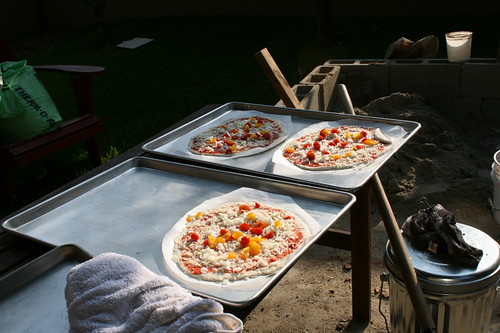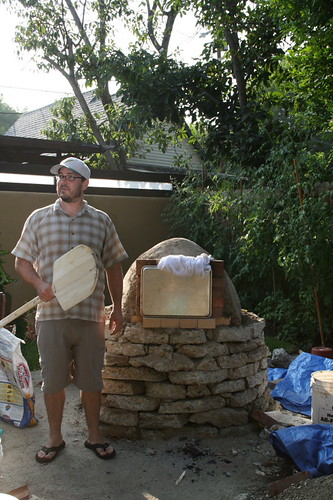Crooks and Nannies
No wait, strike that – reverse it.
Summer is here and it’s too hot to fire up the oven which makes it a perfect time to take the electric griddle outside and make English muffins.
The problem, of course, is getting those great nooks and crannies. My old formula and technique got me plenty of little holes in the muffins, but not those great nooks and crannies (well, the little holes caught the melting butter, but still, the drive for “just a little better” is strong.)
So I thought about both my formula and my technique.
- Log in or register to post comments
- 12 comments
- View post
- proth5's Blog
 Hamelman's Oatmeal Bread
Hamelman's Oatmeal Bread

 [/center]
Instead of toasting English muffins, we toasted our
[/center]
Instead of toasting English muffins, we toasted our 

